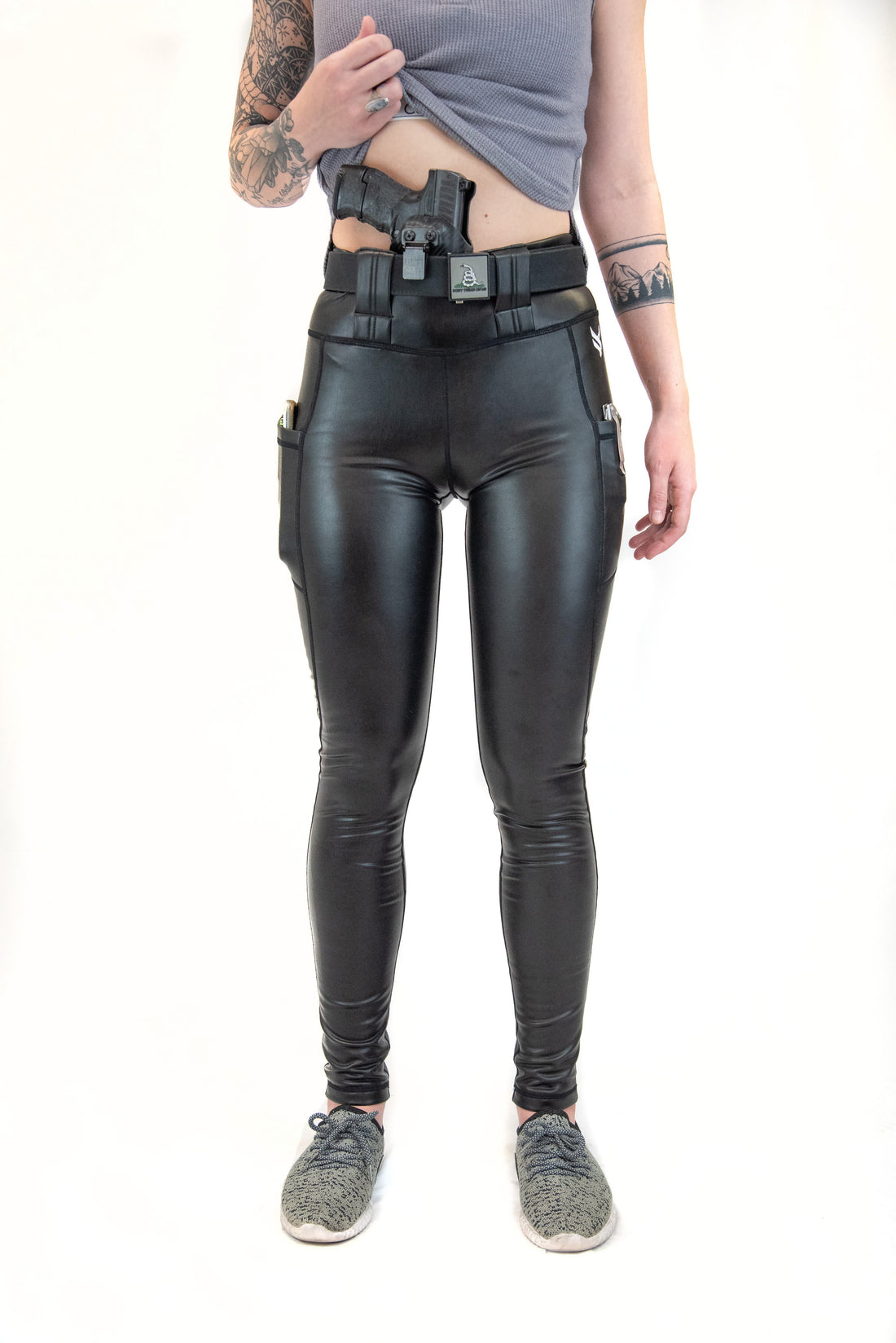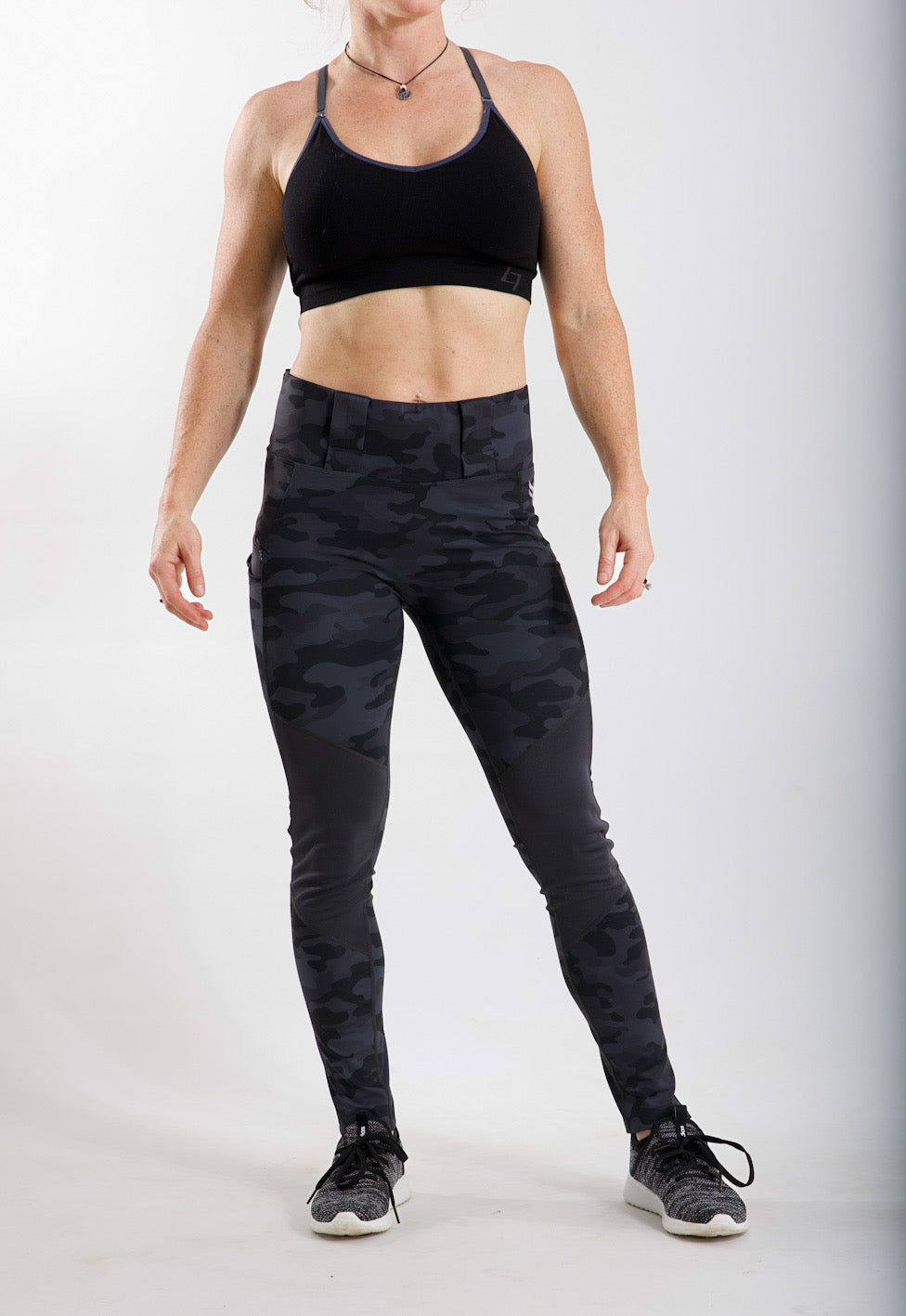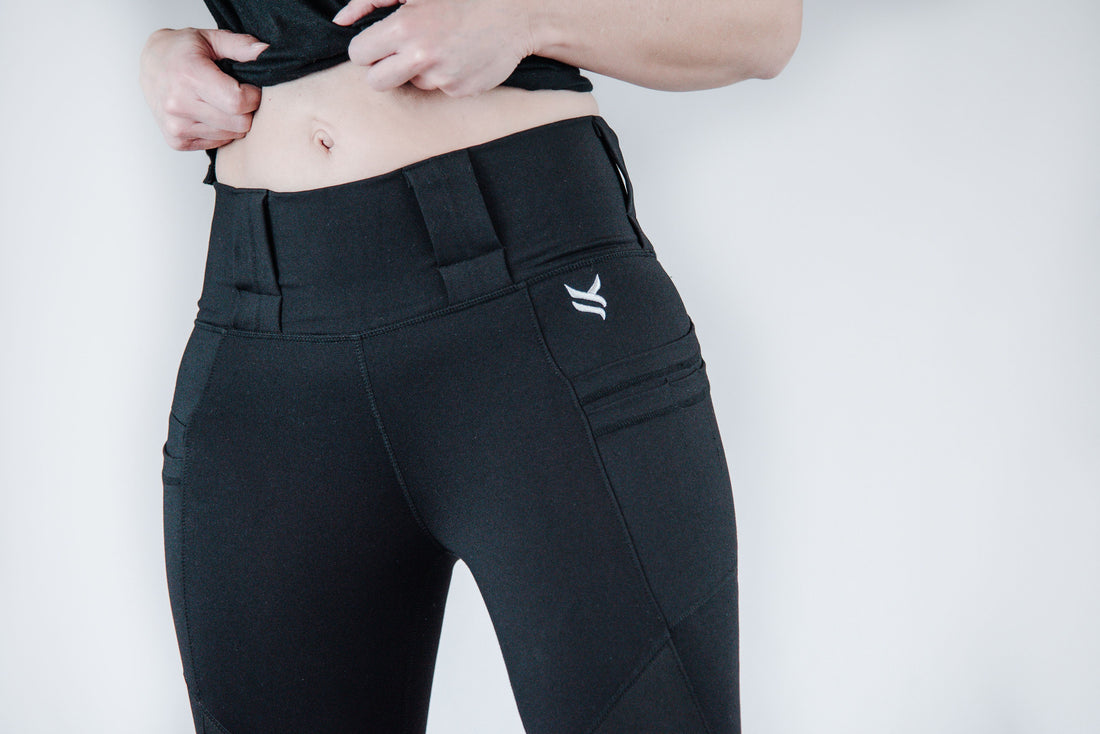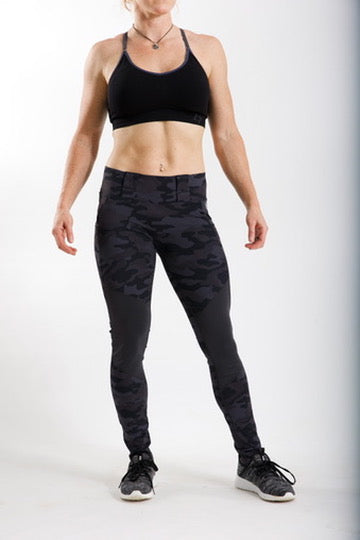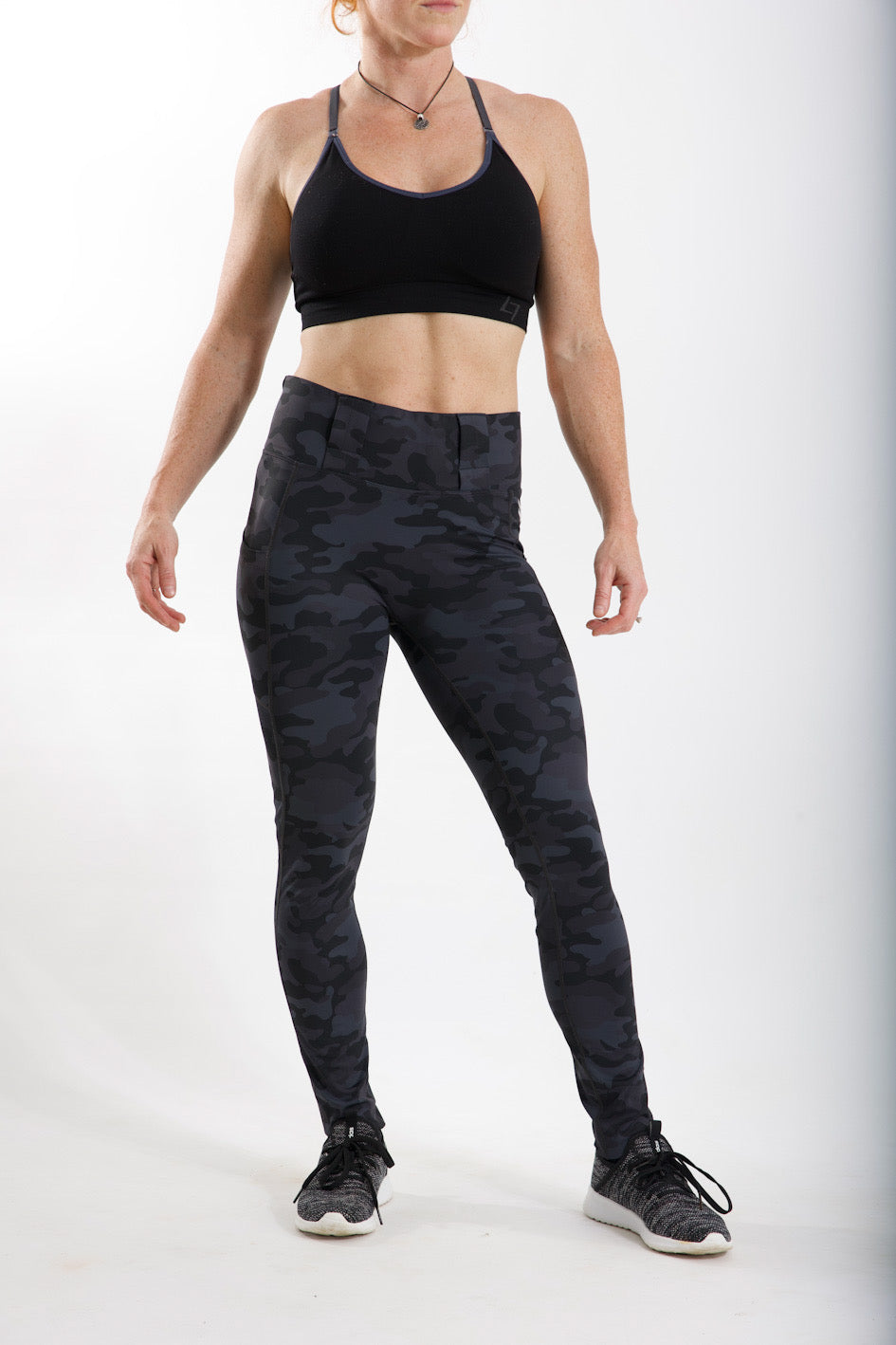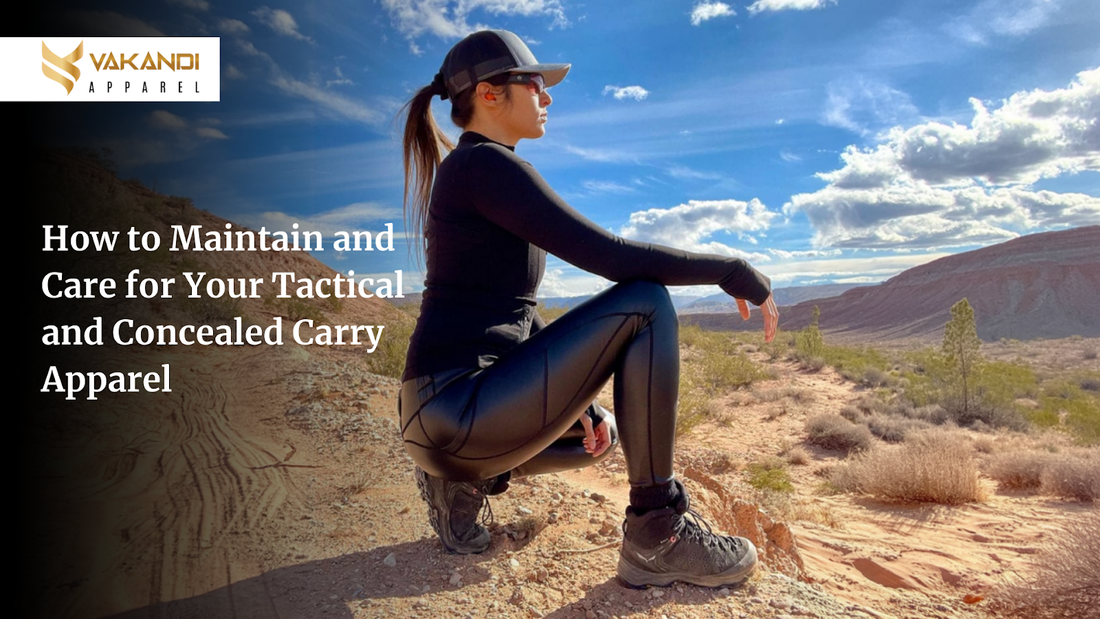
News
How to Maintain and Care for Your Tactical and Concealed Carry Apparel
How to Maintain and Care for Your Tactical and Concealed Carry Apparel
You’ve finally invested in high-quality tactical leggings or concealment-ready apparel. They fit like a glove, move with your body, and give you the comfort and security you need every day. But after a few weeks, you notice pilling, stretched seams, or a faded look. Suddenly, your “built-to-last” gear doesn’t look or feel the same.
This is one of the biggest struggles many firearm carriers face: keeping tactical and concealed carry apparel in good condition while using it every day.
The truth is, the durability of your gear doesn’t just depend on the fabric or design. It also depends on how you wash, dry, and store it. Tactical wear is usually made from performance blends like polyester and spandex, which need extra care compared to regular cotton T-shirts or denim jeans.
In this guide, we’ll break down everything you need to know about cleaning, maintaining, and extending the life of your concealed carry and tactical clothing care guide. From washing tips to storage hacks, you’ll learn exactly what works so your apparel lasts longer, performs better, and keeps supporting your active lifestyle.
Why Does Proper Care Matter for Tactical Apparel?
Tactical and concealed carry clothing isn’t just “fashion.” It’s functional gear designed to provide:
• Stretch and support for carrying without discomfort
• Moisture-wicking to keep you cool and dry
• Reinforcement in stress points to handle holsters, belts, and gear
• Discreet design elements for concealed carry
When you wash or store these fabrics incorrectly, you break down the fibers that make them supportive and durable.
For example:
• Using high heat in a dryer makes spandex brittle.
• Cotton lint from jeans clings to smooth poly fabrics.
• Fabric softeners block moisture-wicking fibers.
• In short: Improper care shortens the lifespan of your tactical clothing and can affect comfort and concealment reliability.
Understanding Fabric Types in Tactical Clothing
Before we dive into washing methods, you need to know what your tactical gear is made of. Most concealed carry leggings, compression shorts, and tactical tops use polyester/spandex blends.
Here’s why:
• Polyester: Strong, wrinkle-resistant, lightweight, resistant to shrinking.
• Spandex (or elastane): Gives the stretch and flexibility you need for everyday carry.
This makes them very functional but also more delicate in laundry cycles.
• Key Care Rule: Polyester/spandex fabrics should be washed cold and air-dried to preserve fiber strength and elasticity.
How to Wash Tactical and Concealed Carry Apparel
Step 1: Read the Care Label
The first step is always to check the care label inside your garment. Every apparel maker adds specific instructions for their fabrics.
If the tag says:
• “Cold wash, air dry” → Stick with cold water only.
• “Do not bleach” → Avoid chlorine bleach, since it breaks down fibers.
• “Do not tumble dry” → Hang or lay flat instead.
Tip: If your label symbols confuse you, here’s a quick reference:
• Tub with one dot = cold wash.
• Triangle with “X” = do not bleach.
• Square with line = hang dry.
Step 2: Sort Your Clothes the Right Way
Wash like with like. Keep tactical leggings and spandex shorts in a load with lightweight synthetics not in the same wash as jeans, towels, or wool sweaters.
Why?
• Heavy cotton and denim rub against spandex, causing abrasions.
• Lint from cotton sticks to polyester like glue.
• Zippers or rough seams inside jeans can create snags.
Best practice:
• Dark tactical gear → wash with dark synthetics.
• Light-colored tactical gear → wash with light activewear.
Step 3: Use Cool Water and Gentle Cycle
Always wash cold. Hot or warm water weakens spandex fibers over time.
• Choose the “gentle” or “delicate” cycle.
• Use mild detergen- nothing with bleach or excessive fragrance.
• Avoid fabric softeners (they coat sweat-wicking fibers, making them less breathable).
The best way to wash tactical apparel is to use cold water, a gentle cycle, and mild detergent without bleach or fabric softeners.
Step 4: Drying the Right Way
Dryers are the one reason tactical apparel wears out too fast.
• Skip the tumble dry whenever possible.
• Hang your gear to air dry indoors.
• For heavier items, lay them flat to keep shape.
If you must use a dryer:
• Use no heat or low heat only.
• Remove clothes while still slightly damp and finish with air drying.
• Read the whole guide to care your tactical clothing apparel.
Common Laundry Mistakes That Damage Tactical Gear
• High Heat Drying: Shrinks fibers and ruins elasticity.
• Using Fabric Softener: Blocks sweat-wicking properties.
• Washing with Denim or Towels: Causes abrasions and lint buildup.
• Ignoring Care Labels: Every brand may have slight variations.
• Too Much Detergent: Leaves residues in moisture-wicking threads.
How to Store Tactical and Concealed Carry Clothing
Washing is only half the battle. Proper storage also keeps your apparel in good condition.
1. Don’t Over-Stretch in Storage
Hanging leggings or tactical tops on thin hangers may stretch them out. Use wide padded hangers or fold them neatly in drawers.
2. Keep Away From Direct Sunlight
Sun fading weakens spandex and polyester over time. Store your gear in a cool, dry wardrobe.
3. Separate Daily Wear vs. Training Gear
If you rotate multiple concealment leggings or shirts, alternate use. This prevents one pair from wearing out too quickly.
Special Care for Concealed Carry Leggings and Holster Shorts
One unique feature in this type of apparel is the built-in holster pockets or reinforced waistband. These areas carry extra stress.
To maintain them:
• Inspect stitching regularly for loose threads.
• Avoid overloading pockets with items beyond what they’re designed for.
• If you sweat heavily, rinse the garment briefly in cold water before machine washing—it helps protect against bacteria buildup.
How Often Should You Wash Tactical Clothes?
If you wear them for daily carry without intense exercise, you may not need to wash after every wear. Overwashing wears fibers down prematurely.
• Light use (errands, normal carry): Wash every 2–3 wears.
• Heavy use (workouts, training, outdoor carry): Wash after each use.
You should wash concealed carry leggings every 2–3 wears for light use, and after each wear if used for workouts or heavy outdoor activity.
Can You Iron Tactical Apparel?
Most tactical clothing made from poly/spandex blends should not be ironed. Heat can melt or warp the fibers.
If absolutely necessary:
• Use low heat only
• Place a thin cloth between the iron and fabric
• Never use steam directly
FAQs
Can I bleach my tactical apparel?
No. Most tactical apparel should not be bleached. If bleach is necessary, only use color-safe bleach and test carefully. Regular chlorine bleach breaks synthetic fibers.
Should I hand wash instead of machine wash?
Hand washing is gentler and extends lifespan, but machine washing on a gentle cycle, cold water works fine if garments are inside-out and washed with similar fabrics.
What’s the easiest way to keep moisture-wicking fabric working?
Avoid fabric softeners and dryer sheets, since they coat fibers and stop them from pulling sweat away from your body.
Final Thoughts: Make Your Tactical Gear Last Longer
Tactical and concealed carry clothing is an investment not just in comfort, but also in safety and performance. The good news: extending the life of your gear is simple.
Just remember:
• Wash cold, air dry
• Avoid heat, bleach, and softeners
• Store carefully, without overstretching
By following these steps, you’ll keep your concealed carry leggings, shorts, and tactical gear performing like new for years.
Your personalised laundry care guide for concealed carry clothing for men and women
• To explore apparel designed for both durability and everyday carry, check out the tactical and concealed carry clothing collection from Vakandi Apparel.

